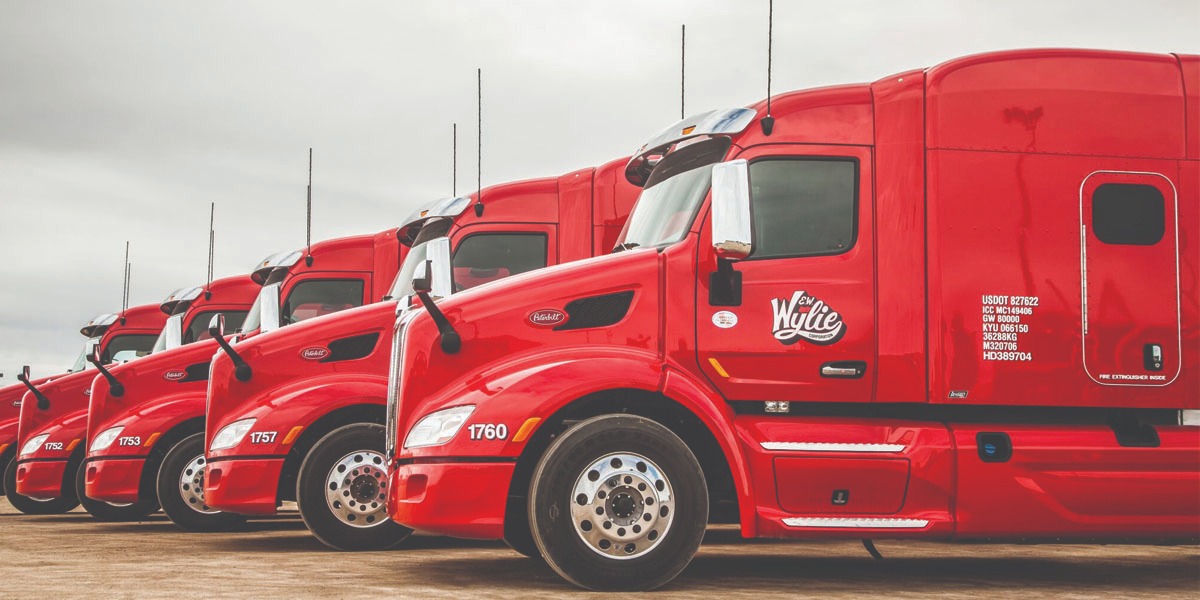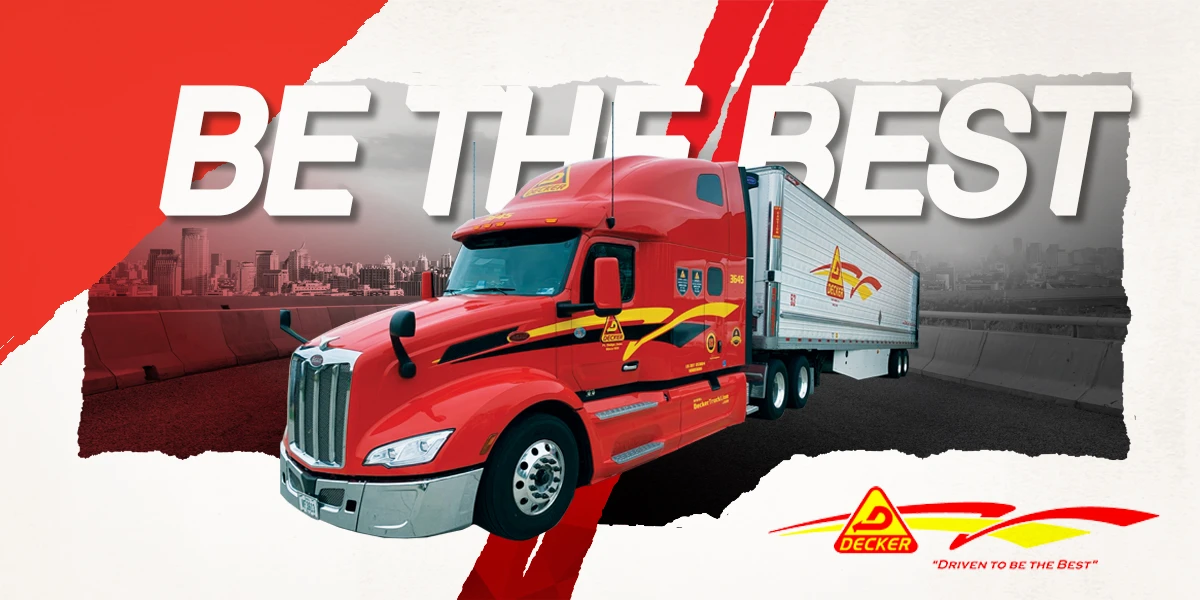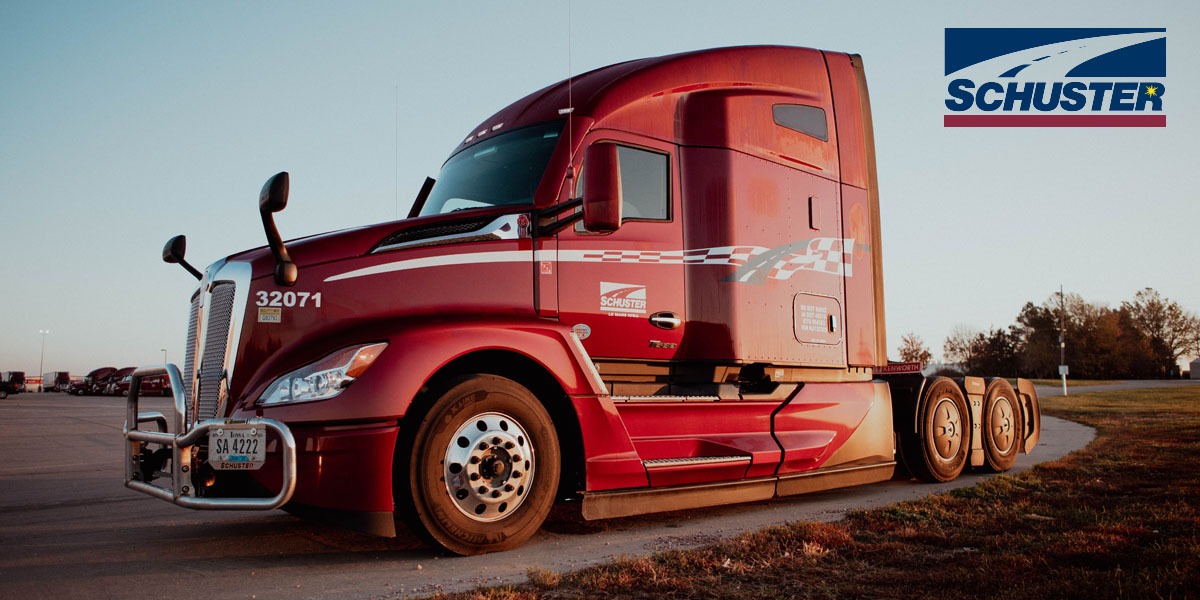Explore, Experience, and Enjoy – Trucking in Oklahoma
Marked by wide open spaces, beautiful scenery, low population densities, and lots of ranchland, Oklahoma offers a vast and rich culture to explore. Truckers can explore, experience, and enjoy Native American heritage, The National Cowboy Hall of Fame, or the more fast-paced, Choctaw Casino.
OTR or long-haul drivers shouldn’t have a problem finding something to do in their downtime. But if they do, they can always put the pedal to the metal and cruise down the open highways for safe and fun driving.
Advocacy and Safety
The Oklahoma Trucking Association’s (OTA) primary purpose is:
- To serve and represent the interests of the trucking industry with one united voice;
- To enhance the industry’s image, efficiency, productivity, and competitiveness;
- To positively influence Federal and State governmental actions;
- To provide educational programs and industry research;
- To promote highway and driver safety; and
- To strive for a healthy business environment.
Some association benefits include:
- Group Savings
- Financial and Legal Services, and
- Events and Programs
OTA and the Oklahoma Safety & Security Council (OSSC) provide educational programs and industry research to promote highway and driver safety and to strive for a healthy business environment.
Work and Wages
There are more than nine million American jobs in the trucking industry.7 Oklahoma claims approximately 4,637 total local truck driver jobs.
The median annual wage for heavy and tractor-trailer truck drivers was $47,130 in May 2020.
Drivers in the state earn an average annual salary of $49,849, and the highest ten percent earn up to $75,000.
Access
Oklahoma is bordered by six states and has over 240,000 lane miles of public roadways, including about 900 miles of interstate highways. Major interstates in Oklahoma include:
- I-35 from Texas state line to Kansas state line
- I-40 from Texas state line to Fort Smith, Arkansas
- I-44 from Burkburnett, Texas to Joplin, Missouri
Economy
Seventy-one percent of all U.S. freight is moved by trucking, and truckers generate about 5 percent of America’s GDP. [7][8] 64.6% of Oklahoma’s total freight tonnage, is transported by truck.
Oklahoma is rich in agriculture production and in the oil industry.11 The economy and technology also continue to evolve. The state’s proximity to markets and flourishing business climate require a high-quality transportation network that is vital to the state’s continued growth and prosperity.
From 2015 to 2040, the Federal Highway Administration’s Office of Freight Management and Operations projects tonnage to increase on average about 1.6% per year.
Some primary products moved by Oklahoma truck drivers are:
- Aircraft parts
- Industrial heat exchange units
- Pork cuts
- Cotton, and
- Liquid pump parts






